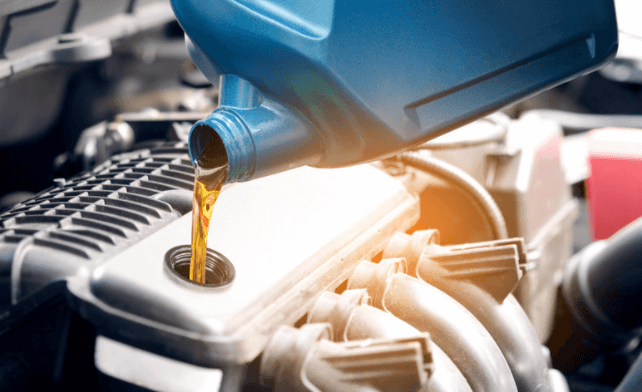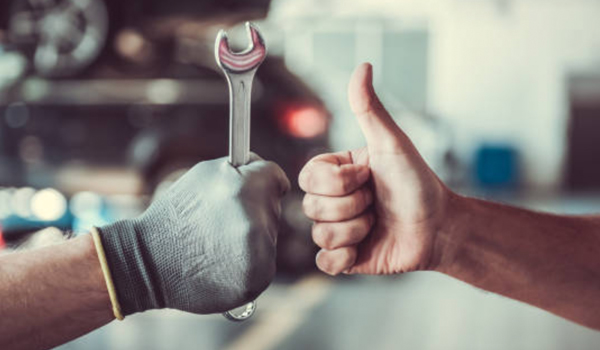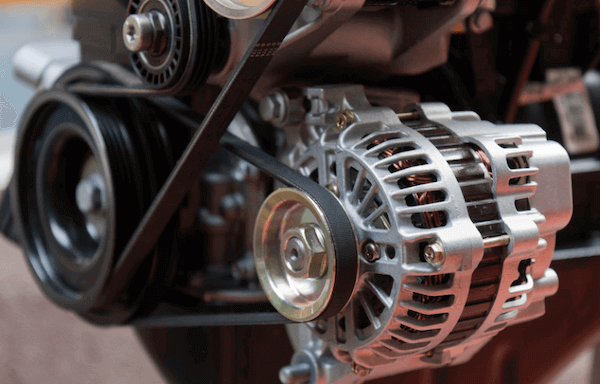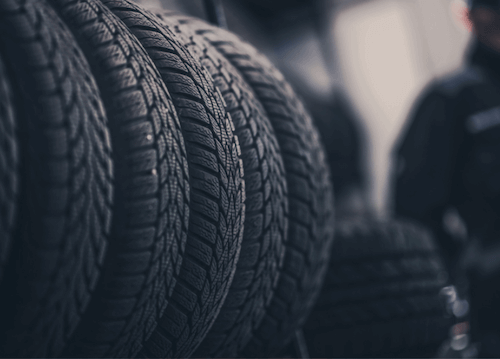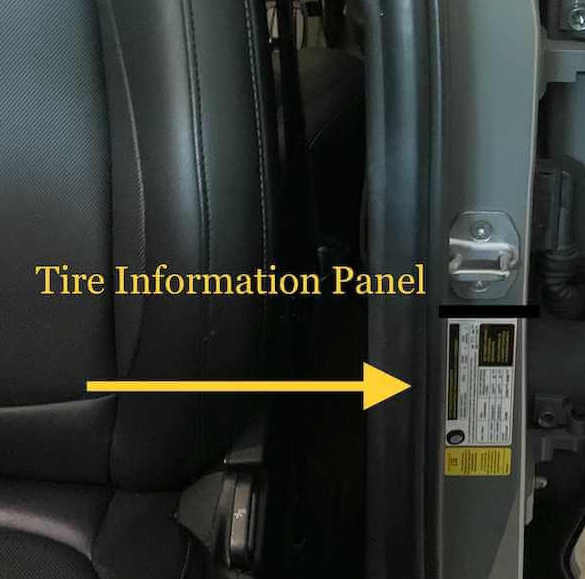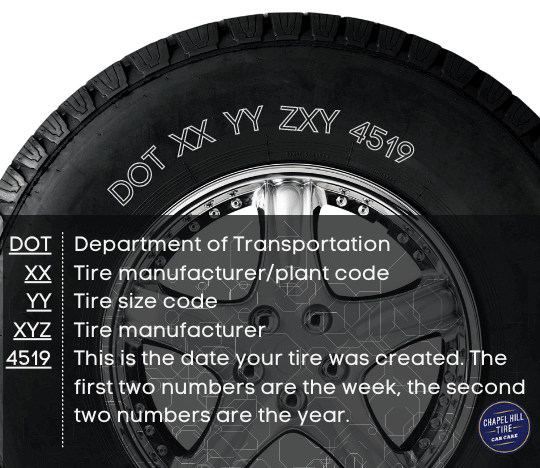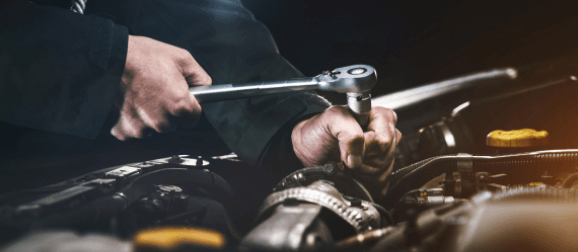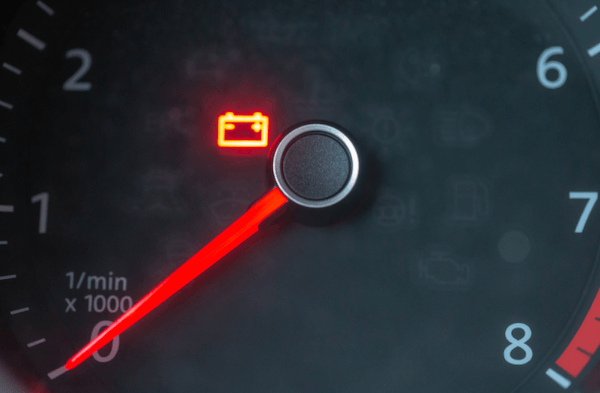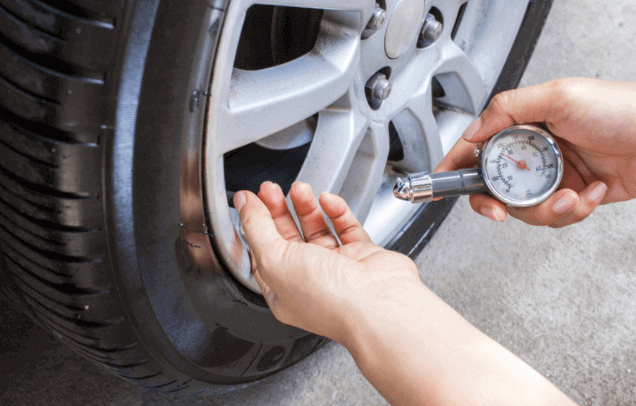Engine oil provides vital lubrication to help keep your engine parts working together seamlessly. It also offers cooling properties to support the work done by your radiator. Skipping this affordable vehicle service can cause irreparable engine damage. So why are oil changes so hard to remember? If you are like most drivers, you probably have more important things on your mind than oil changes. Our local mechanics have 5 easy ways to remember your oil change.
How Often Do You Need an Oil Change?
Before we dive in, let’s take a look at how often you need to remember to get your oil changed. On average, cars need an oil change every 6 months or 3,000 miles—whichever comes first. However, sometimes it can feel like you just had your oil changed, even after almost a year. So how can you remember to keep your oil change schedule on track?
1: Take a Look at Your Dashboard Sticker
After your oil change, most mechanics will include a small sticker inside your vehicle that contains the date of your next recommended service. You can keep an eye on this date to help you remember your oil change schedule. However, while this sticker may stand out when it is newly placed in your vehicle, many drivers start to overlook it after a few months. As such, let’s take a look at a few other easy ways to remember your oil change.
2: Set It In Your Calendar
Whether you keep up with a paper or online calendar, it can be helpful to look ahead and write a reminder. This lets you “set it and forget it,” knowing that you will have a note-to-self waiting for you the next time you need an oil change.
3: Time Your Bi-Annual Oil Changes with Events
Here is a fun way to remember to get your oil changed—consider timing these maintenance services with other bi-annual events. For example:
- If you get an oil change around your birthday, your next oil change will be due at your half birthday six months later (an extra reason to celebrate).
- You can time your oil change to the changing seasons. The summer solstice and winter solstice are exactly 6 months apart.
- If you are in school, you might remember that you have an oil change due once each fall and spring semester.
Countless other biannual work events or milestones can easily double as a reminder to take care of your car by getting your oil changed.
4: Smart Assistant Support
Keeping your car care on track can be as easy as saying, “Alexa, remind me in six months to get another oil change.” You can set a reminder on your smartphone or digital assistant for a helpful cue of your next service date.
5: Friendly Reminders
If you know you have a hard time remembering car care dates and schedules, don’t be afraid to ask for help. Consider turning to your partner, family member, or friend to help keep you on track.
If you found these tips helpful, consider sharing them with a friend—you might just end up saving them thousands of dollars in engine damage.
Chapel Hill Tire Oil Change Near Me
When you are due for an oil change, the local mechanics at Chapel Hill Tire have you covered. We proudly serve the greater Triangle area with 9 locations across Apex, Raleigh, Chapel Hill, Carrboro, and Durham. Our professional mechanics also commonly serve surrounding communities, including Knightdale, Cary, Pittsboro, Wake Forest, Hillsborough, Morrisville, and beyond. We invite you to make an appointment, browse our coupons, or give us a call to get started today!
